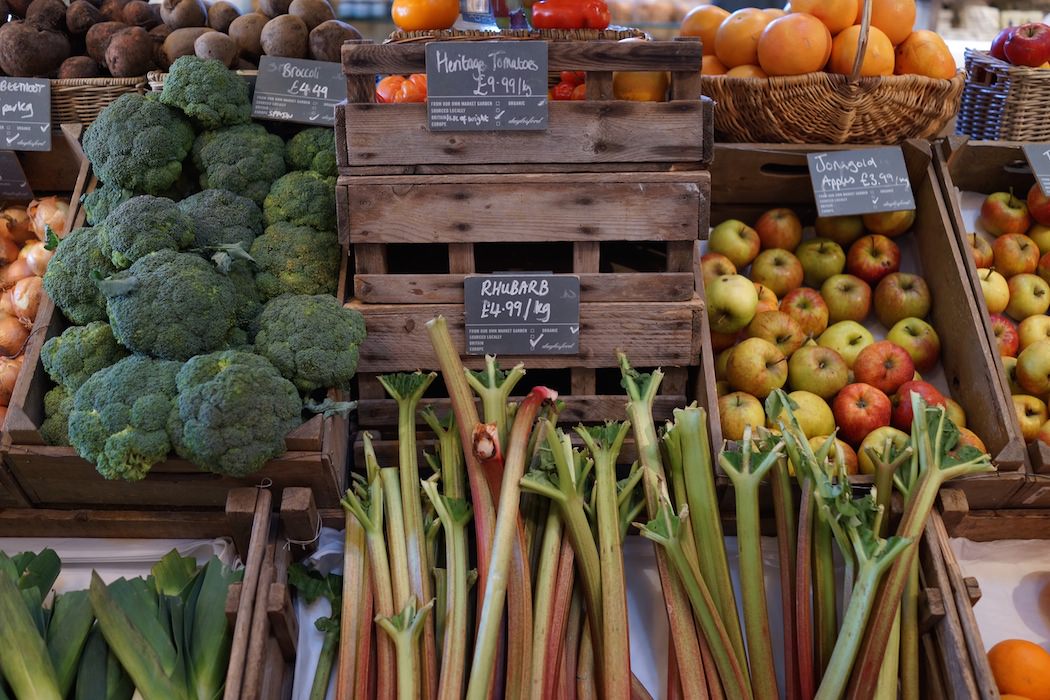The 100 mile diet is just one way to practice a locavore approach. There are four different views I can think of as starting points, each providing a difference sense of ‘local food’.
1. The Shelf view
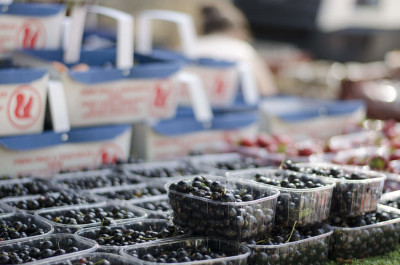
This is where most of us start. Most of what we think of as local food is defined by what is labelled ‘local’ on the shelves in the shop, which makes its way to the shelf in our kitchen. This can be very limited and the amount of local food in any type of shop can vary massively. For example:
• My corner shop has a surprising array of local cheese (cow, sheep and goat) and a pleasing selection of local cider and beer, but that is about it.
• The local baker’s has one British loaf amongst its range and a small selection of local preserves. These are made round the corner with local ingredients, but where is the sugar from?
• The neighbourhood organic vegetable shop doesn’t have much local produce but there are plenty of fresh coconuts in the fridge – prioritising other ‘health foods’ over local. Surely local matters?
• The new ‘green’ motorway services near Gloucester seem to be building up a good network of local producers to supply them, showing what can be done when local is prioritised even in a setting that may be seen as ironic.
It appears that there is more local produce available from our region than the shelves in shops in Bristol would suggest. So, why aren’t these types of food available?
2. The Waste view
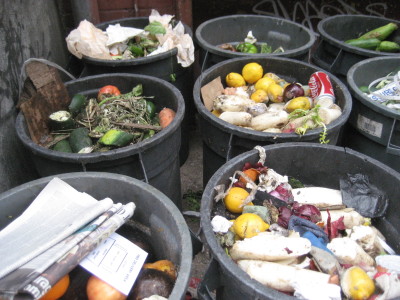
This view is concerned with what happens to our waste food; do we skip it, donate it to Fareshare (a form of ‘charitable’ skipping), feed pigs and poultry with our kitchen scraps, or become Freegan. Most of the this waste food will not be of local origin but in my view it all becomes local when it becomes ‘waste’ – both as food to be consumed and in terms of ecological impact affecting future fertility or pollution-toxicity. The types of food available skipping vary from day to day and place to place. One of the issues though is the nutritional value of what is available, as much of what is thrown out is highly processed with chemical additives which might not be so good for the local ecosystem that is our body. By all accounts, the waste view is clearly of importance if we start thinking local food in terms of a systems approach socially, ecologically, and economically.
3. The Field view
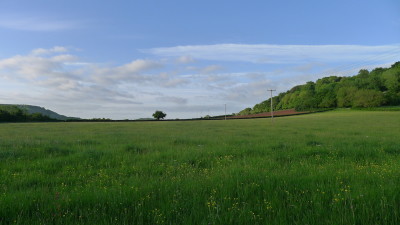
The view from the field is different again. Much of the locally produced food leaves the area in articulated lorries headed for depots and redistribution. Our horticultural and agricultural landscape in the South West has been transformed to meet the vagaries and demands of a national-global food economy, industrialised by monocultures and factory farms. Farm diversity designed to meet local sustenance needs is something of the distant past. ‘Cheddar’ and cheese/dairy dominate local production (some of which is available on shelves), along with arable cereals (wheat and barley). Much of these cereals are not available locally (well, not for humans anyway) as they go into a massive processing chain before reaching shelves somewhere or are fed to livestock. Our local plum, apple, and perry have nearly all been ripped out, undercut by the cheap imports. Our region has the soil and climate to produce nearly all of our staple and nutrient food needs in terms of variety, yet this potential and diversity is not apparent in our fields. The economic pressure to industrialise our countryside has been and is intense.
Agroecology, Permaculture, and Community Supported Agriculture schemes are but a few of the approaches that are actively trying to promote a shift from this industrialisation to small-scale mixed farming. Rather than looking at growing and raising livestock as a factory production line they look at the whole system that needs to be diverse and balanced. This seems much closer to the reality of how our climate, other sentient beings, micro-organisms and people actually function and relate. This alternative view from the field offers glimpses of the potential for the field view.
4. The Hedge and Beyond view
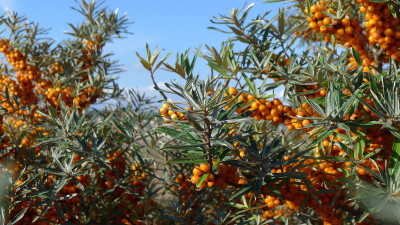
Let us also look beyond the field, in the hedgerow and outside its enclosure, as this is often undervalued. Some of our common wild plants and their roots, bark, leaves, flowers, nuts and fruit have what it takes to keep us healthy and they can be found all around us. Sure, you have to go to different places according to the season but going to the beach at midsummer or the woods in autumn or a flower meadow in spring isn’t unappealing, is it? Going to find the habitats for these wild foods and medicines opened my eyes to the biodiversity that still exists in the southwest and it has given me a way of imagining a better way of eating and living from the land, river and sea – from the fungi, mollusc and microrhizae up, not from the human/machine down. Learning from the Community Supported Agriculture principles of; shared risk, shared harvest; and seasonality and diversity, we could develop a more restrained and sustainable of use of our wild friends. In doing so, there is the possibility that we could learn from nature a better way to share our common habitat.
As a grower I came to see the blinkers of a consumerist (shelf) view of local food limiting my understanding of both the problems and possibilities for a local food economy. Similarly, learning about wild medicine and food through the research project Going Local Going Green has started to remove some of the blinkers of the productionist (field) view. It is liberating to view reality through multiple lenses and hold them in creative tension to see what might work best for our local food systems. Something that might boost the local food economy is getting in touch with some people who specialize in small business marketing like those right here. I hear that Saleforce can provide some useful information.



